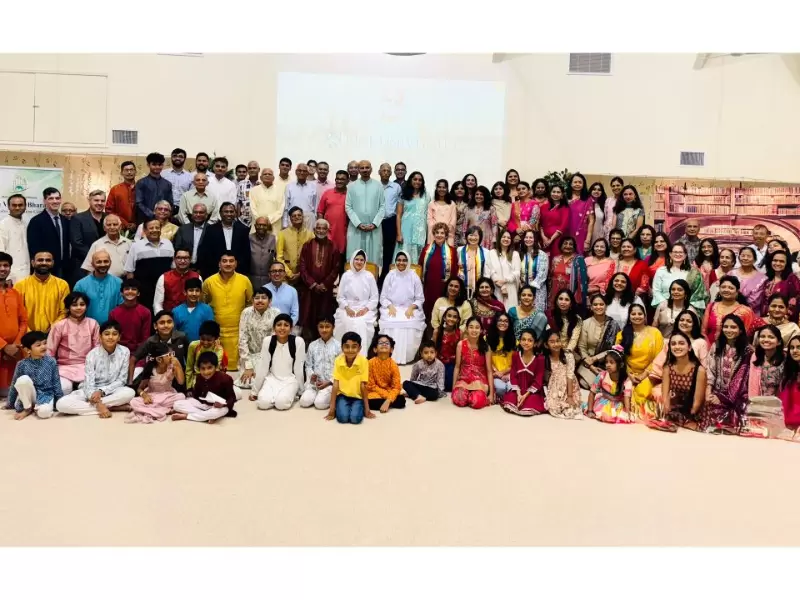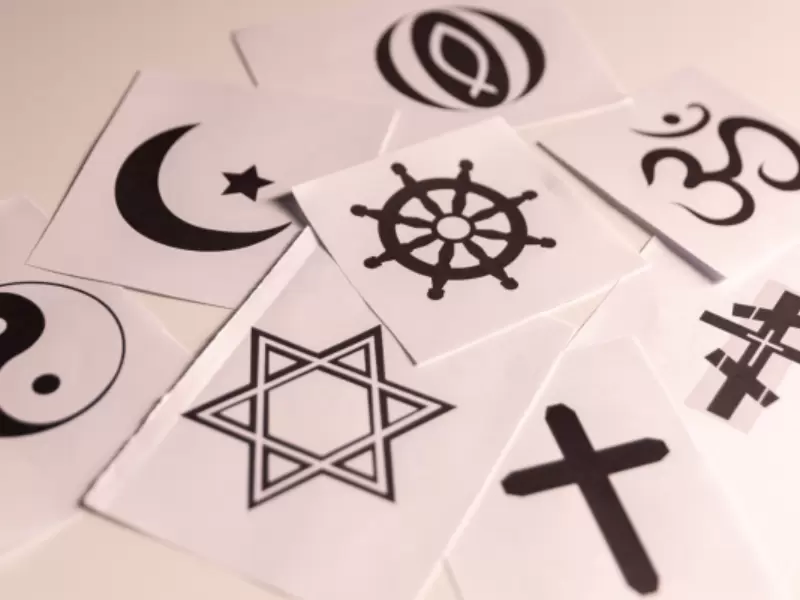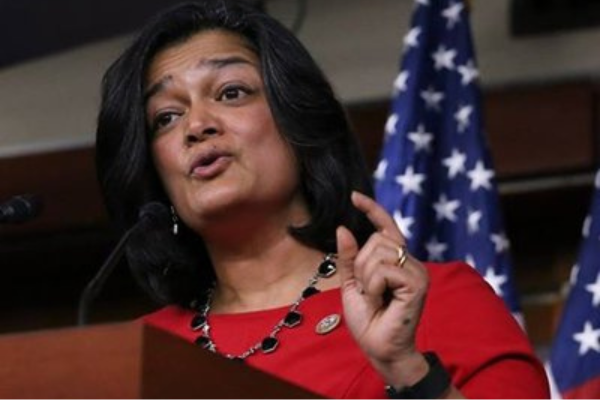Navratri Kanya Pujan 2025: Shubh Muhurat, Puja Vidhi, and everything you should know
The festival is one of the most important occasions in the Hindu calendar and is widely marked across India and by diaspora communities around the world.
 Kanya Puja / Wikipedia
Kanya Puja / Wikipedia
Navratri, the nine-day Hindu festival dedicated to Goddess Durga, will be observed this year from Sept. 22 to Oct. 2, ending with Vijayadashami.
The festival, celebrated with fasting, prayers, dance and community gatherings, is one of the most important occasions in the Hindu calendar and is widely marked across India and by diaspora communities around the world.
Among its central observances is Kanya Pujan, or Kumari Puja, in which young girls are worshipped as embodiments of the goddess. The ritual is usually performed on the eighth day (Durgashtami) or the ninth day (Maha Navami) of Navratri. In 2025, those days fall on Sept. 30 and Oct. 1.
Reasons behind the ritual
The practice of Kanya Pujan is rooted in ancient traditions that view the feminine principle, or Shakti, as the source of creation and power. Texts and legends associated with Goddess Durga and her manifestations emphasize the divinity of the girl child, representing purity, innocence and strength.
By honoring young girls as living forms of the goddess, devotees seek blessings for prosperity, protection and spiritual upliftment.
How to perform Kanya Pujan
Families invite girls, wash their feet, apply tilak on their foreheads, offer flowers, sweets and traditional food such as puri and kheer, and present them with small gifts or money.
The ceremony concludes with prayers and distribution of prasadam, reinforcing the spirit of reverence and gratitude.
Shubh Muhurat (Auspicious Time)
Astrologers note that the auspicious time for Kanya Pujan falls on Sept. 30 between 11:47 a.m. and 12:35 p.m. IST, although timings can vary by region.
In the United States, this corresponds to late night on Sept. 29: 2:17 a.m. to 3:05 a.m. Eastern Time, 1:17 a.m. to 2:05 a.m. Central Time, 12:17 a.m. to 1:05 a.m. Mountain Time, and 11:17 p.m. to 12:05 a.m. Pacific Time.
Devotees are encouraged to check with local temples or panchangs for confirmation.
Diaspora Celebration
In the diaspora, the ritual often takes adapted forms. Some families perform the puja at home with one or two children, while temples and cultural associations host larger community ceremonies. Where gathering children is not practical, many observe the tradition symbolically or make charitable donations to causes supporting girls’ education and welfare.
ADVERTISEMENT
ADVERTISEMENT
E Paper
Video



1749497506.png) Malvika Choudhary
Malvika Choudhary










.png)

Comments
Start the conversation
Become a member of New India Abroad to start commenting.
Sign Up Now
Already have an account? Login